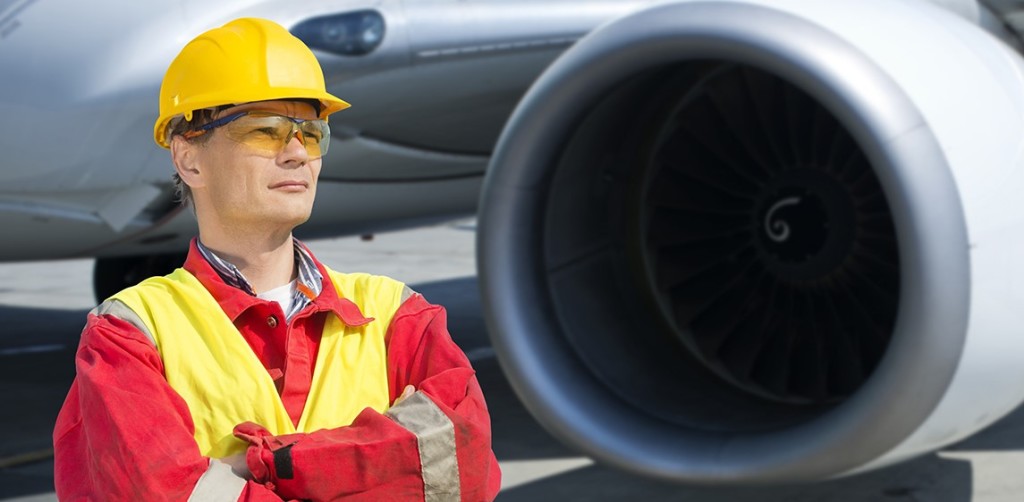EASA currently “requires” Module 9 & Module 10 Part 66 Compliant Training for Workshop Certification Staff.
EASA manages Third Country approvals directly and issues a number of USER Guides in direct support of this process.
EASA User Guide UG.CAO.00126-003 specifically deals with the needs of the Certifying Staff – but note this is the person or persons who sign on behalf of the organisation the EASA Form 1 (having satisfied themselves that all elements of the rectification have been accomplished correctly in accordance with approved data, using approved material facilities and tools and equipment – including “test equipment”).
Many organisations employ a QC department which manages the finally acceptance and release of components such persons will require to demonstrate receipt of regulatory training which is organizationally acceptable as compliant with Part 66 Module 9 & 10.
Considering the Role of Module 9 within the EASA Part 145 Organisation
Part 66 module 9 is only relevant to Part 66 Licensed aircraft engineers and is absolutely not relevant to EASA Part 145 organisations or Third Country EASA 145 organisations. Consider that a licensed engineer who has completed Module 9 in accordance with Part 66 will still have to again complete organisational Human Factor Training to comply with GM 1 145.A.30(e) (Training syllabus for initial human factors training).
Important Note – Part 66 Human Factors is essentially focused on theory
Part 145 Human Factors is focused on the practical and organisational relevant aspects of Human Factors. ( See the following notes from GM 1 145.A.30(e) ).
The training syllabus below identifies the topics and sub topics to be addressed during the human factors training. The maintenance organisation may combine, divide, change the order of any subject of the syllabus to suit its own needs, as long as all subjects are covered to a level of detail appropriate to the organisation and its personnel. Some of the topics may be covered in separate training (health and safety, management, supervisory skills, etc.) in which case duplication of training is not necessary.
Where possible, practical illustrations and examples should be used, especially accident and incident reports. Topics should be related to existing legislation, where relevant. Topics should be related to existing guidance/ advisory material, where relevant (eg. ICAO HF Digests and Training Manual). Topics should be related to maintenance engineering where possible; too much unrelated theory should be avoided.
Considering the Role of Module 10 within the EASA Part 145 Organisation
Consider that the focus of Part 66 Module 10 is specifically aimed at the needs of the Part 66 licensed engineer.
For example Part 66 Module 10 requires –
A general understanding of Part-21 and EASA certification specifications CS-23, 25, 27, 29. And a detailed understanding of Part-66.
145 requires that the organisation manages the competence of the employee in respect of the Job function regarding regulations the focus is on Knowledge of Part-M, Part-145 and any other relevant regulations.
(However this is only part of the story) – Consider the organisation competence expectation for example is that a Maintenance Planner would have a more detailed understanding of Part 21 and Supplemental Type Certificates STC’s than required for a Part 66 engineer and off course the need for detailed awareness of Part 66 may not be necessary.
Final Comments
The Management of the Internal Training Standard is the responsibility of the Quality Manager and organisational competence is of critical importance.
Consideration needs to be given to managing training in Human Factors, Organisational Procedures, EASA Regulations, Electrical Wiring Interconnect Systems (EWIS) and Fuel Tank Safety (FTS) to an organisation standard which meets the needs and objectives of the organisation, and off course demonstrates compliance with all applicable regulatory requirements.
Note – Part 66 Module 9 & 10 is not directly relevant to a 145 organisations training needs.
Reality Check – It is necessary for regulatory auditors to be guardians of the standards and it is most important that industry is not led astray or misinformed in any way regarding obligations and responsibilities.
It is also important that Industry focuses on compliance with the regulations as minimum compliance – means compliance with the regulations should always be a step on the journey and not the journey.
About Sofema Aviation Services
SAS offers more than 30 different Safety Management System Courses. It is our firm believe that correctly implemented, SMS provides a significant tool, as well as delivering safety as a prime consideration, to optimise business practice and process with significant organisation benefit.
Over the last 8 years Sofema Aviation Services has delivered regulatory training to more than 10,000 delegates. With 45 years of commercial aviation experience behind our training program, our focus is on delivering real and connected regulatory compliant training which promotes a strong understanding of the options for safe and effective optimization of the organisation. Please see www.sassofia.com or email: office@sassofia.com




